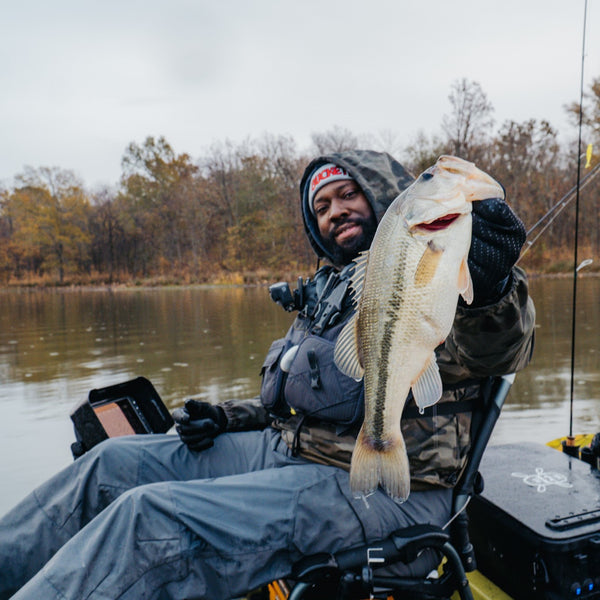
Fishing the Fall Transition: Tips and Tricks
Fishing during the fall transition can be an exciting and rewarding experience for anglers. As the seasons change and the weather cools down, fish behavior undergoes significant shifts. Understanding these changes and employing the right techniques can make a huge difference in your success on the water. In this blog, we'll explore some key tips and tricks for fishing during the fall transition, accompanied by pictures to illustrate the concepts.

1. Location Matters
During the fall transition, fish move from their summer haunts to shallower waters in search of food. Look for areas with a mix of structure and cover. Points, humps, and drop-offs near shallow flats can be productive spots. This picture shows an angler targeting a point where bass might gather during this transition [1].

2. Bait Selection
Fall is a time of abundance for many aquatic creatures, so matching the hatch is crucial. Shad and other baitfish become a primary food source for predatory fish. Consider using crankbaits, spinnerbaits, or soft plastic swimbaits that mimic these forage species. This picture illustrates a selection of lures ideal for fall fishing [5].

3. Adjust Your Retrieve
As water temperatures drop, fish become less active. Slow down your retrieve to entice lethargic bass. Try a stop-and-go retrieve or a steady, slow crank to keep your lure in the strike zone longer. This picture shows an angler demonstrating a slow crankbait retrieve [2].

4. Pay Attention to Water Temperature
Water temperature is a key factor during the fall transition. Fish tend to follow temperature gradients. Use a fish finder to locate areas with the right temperature range, and focus your efforts there. This picture depicts a fisherman checking water temperature with a handheld device [3].

5. Experiment with Different Depths
During the fall transition, fish can be found at various depths. Don't hesitate to explore different levels of the water column. Fishing shallow, mid-depth, and deep waters can help you locate active fish. This picture showcases an angler casting toward shallow cover [6].

Conclusion
Fishing the fall transition requires adaptability and a keen understanding of changing fish behavior. By targeting the right locations, selecting appropriate bait, adjusting your retrieve, monitoring water temperature, and exploring different depths, you can increase your chances of landing trophy fish during this season. Keep these tips in mind, and you'll be well-prepared for a successful fall fishing excursion.
